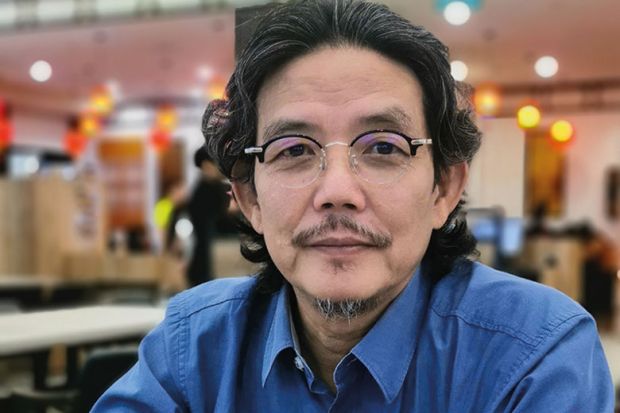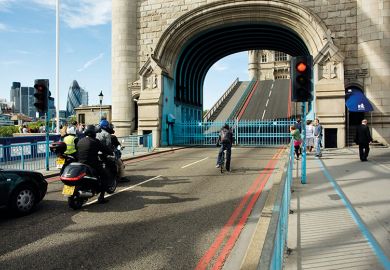Malaysians’ hopes for a rapid overhaul of their browbeaten higher education system are unrealistic, according to an expert.
Political historian Ooi Kee Beng said the reform process – aimed at boosting universities’ performance by restoring their autonomy – was being thwarted by civil service hostility and the educational establishment’s innate conservatism.
Dr Ooi, who runs the Penang Institute thinktank, said the government was peppered with activists who had never held office before last year’s election overturned six decades of authoritarian rule. They needed time to get up to speed and find advisers they could trust.
“Their enemies are everywhere, and they’ve never been in government,” he said. “One year is way too short to make a proper judgment on their performance.”
Chang Da Wan, of the National Higher Education Research Institute at Universiti Sains Malaysia, said three to five years were needed to reform the sector. He criticised “unrealistic expectations” – not only among the public but also top Ministry of Education officials – that meaningful improvements could be achieved in months.
He said universities needed new structures that allowed them to self-govern and the education minister needed to relinquish powers in conflict with institutional autonomy. The government would have to stop “running the universities by proxy” and assume a regulatory and policymaking role. “All this takes time,” he said.
Dr Wan said the government’s pledge to jettison the reviled Universities and University Colleges Act, on the pretext that it violated academic freedom and autonomy, had been misconceived because the act afforded legal authority to most public universities’ existence.
Moreover, the Private Higher Education Institutions Act contained identical provisions. “Even if we get rid of the UUCA, the half of the student population in the private sector is still controlled by a supposedly draconian law,” he said.
Dr Wan said that while the UUCA had deprived public universities of their autonomy, another law – known as Act 605 – was a bigger threat to academic freedom because of restrictions it placed on staff of statutory bodies, including universities.
“The challenge with 605 is that this legislation is not under the purview of the Ministry of Education but in a centralised agency,” Dr Wan said. He said that reform plans included exempting public universities from the act.
Lee Hwok Aun, of the ISEAS-Yusof Ishak Institute in Singapore, pointed to “positive and constructive” signs of resurgent university autonomy. He said that a vice-chancellor selection committee, established under decade-old UUCA amendments, was now acting with “greater resolve, independence and rigour” and had set “precedents for appointment based on merit”.
But Murray Hunter, a former associate professor at Universiti Malaysia Perlis, said such a suggestion was undermined by education minister Maszlee Malik’s frequent hiring and firing of university governors.
“Maszlee promised much more university autonomy, especially in regards to university boards,” Mr Hunter wrote in the Asia Sentinel. “University boards seem just as politicised as before.”
Dr Maszlee’s acceptance of the presidency of the International Islamic University Malaysia, where he previously worked – a move apparently motivated by frustration at the pace of change, but at odds with his autonomy reforms – drew criticism over perceptions of payback against former colleagues. He later relinquished the position.
Dr Ooi said the minister was a “good man” but lacked political experience. “Maszlee is trying his best, but the press is against him. And when the press is against you, you’re in big trouble.”




